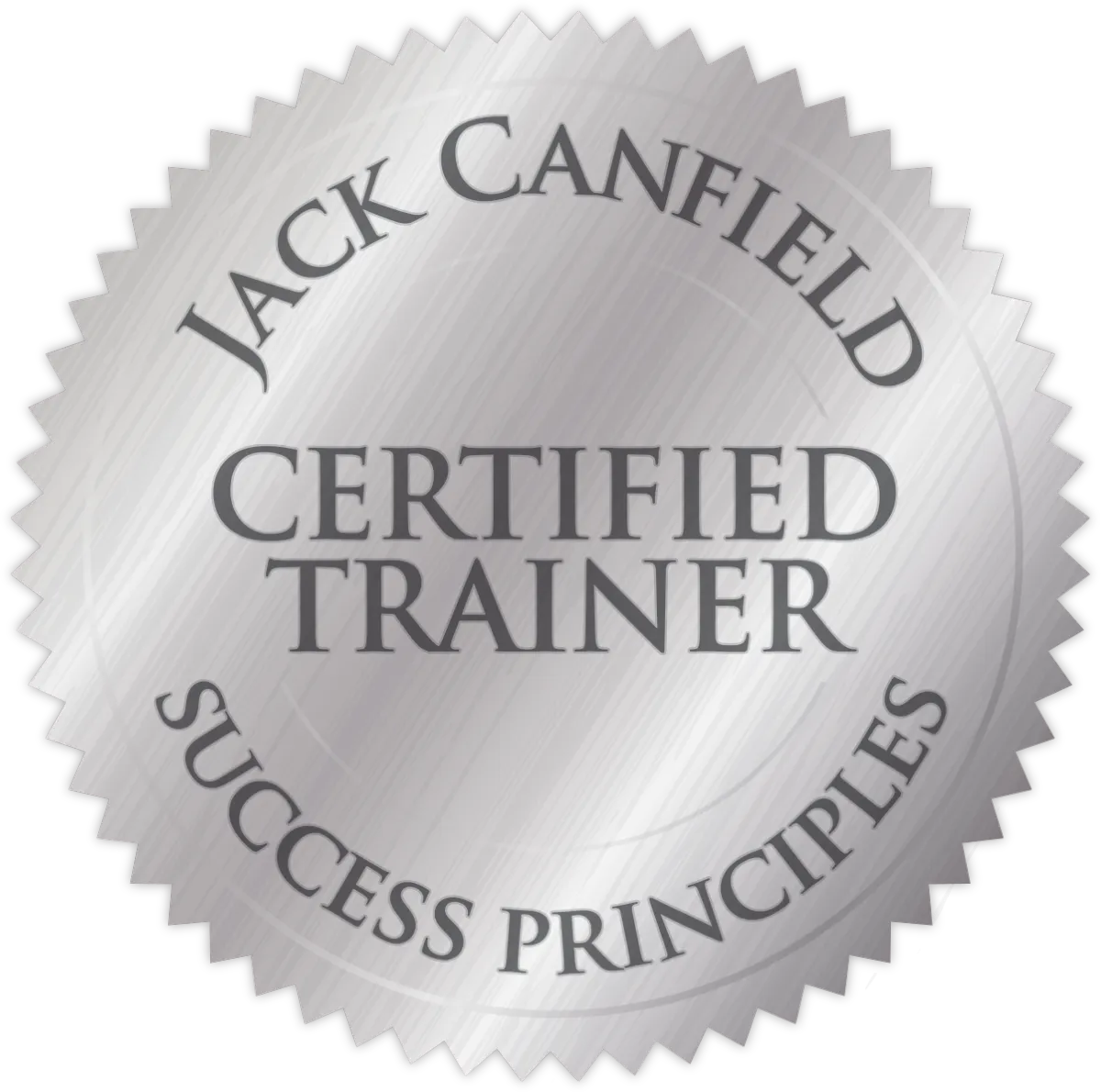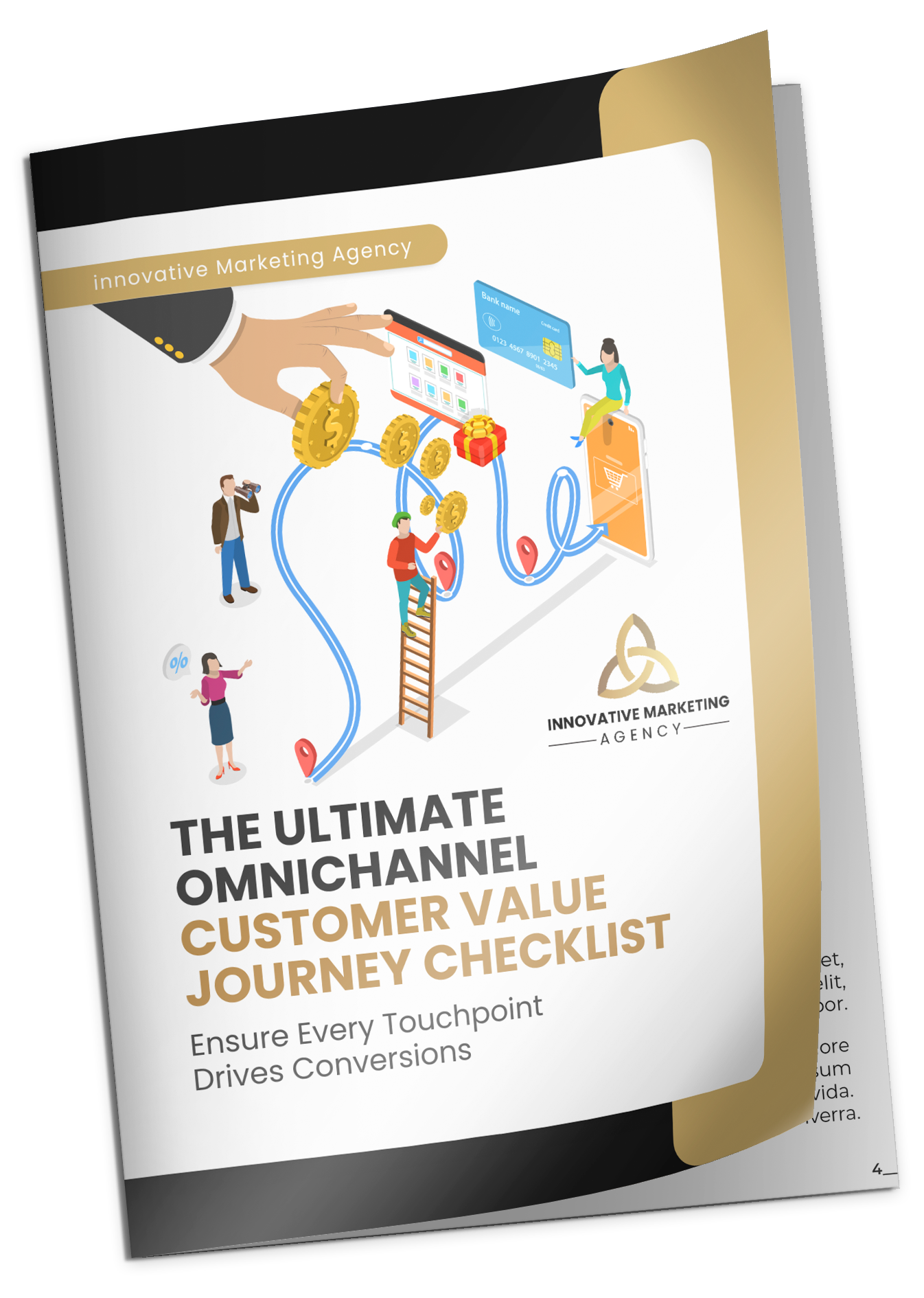Watch The Journey
BLOG
Entrepreneurs: The 8 Stages of the Customer Value Journey: How to Optimize Each for Maximum ROI
Thursday, September 05, 2024
Jeremy Coates
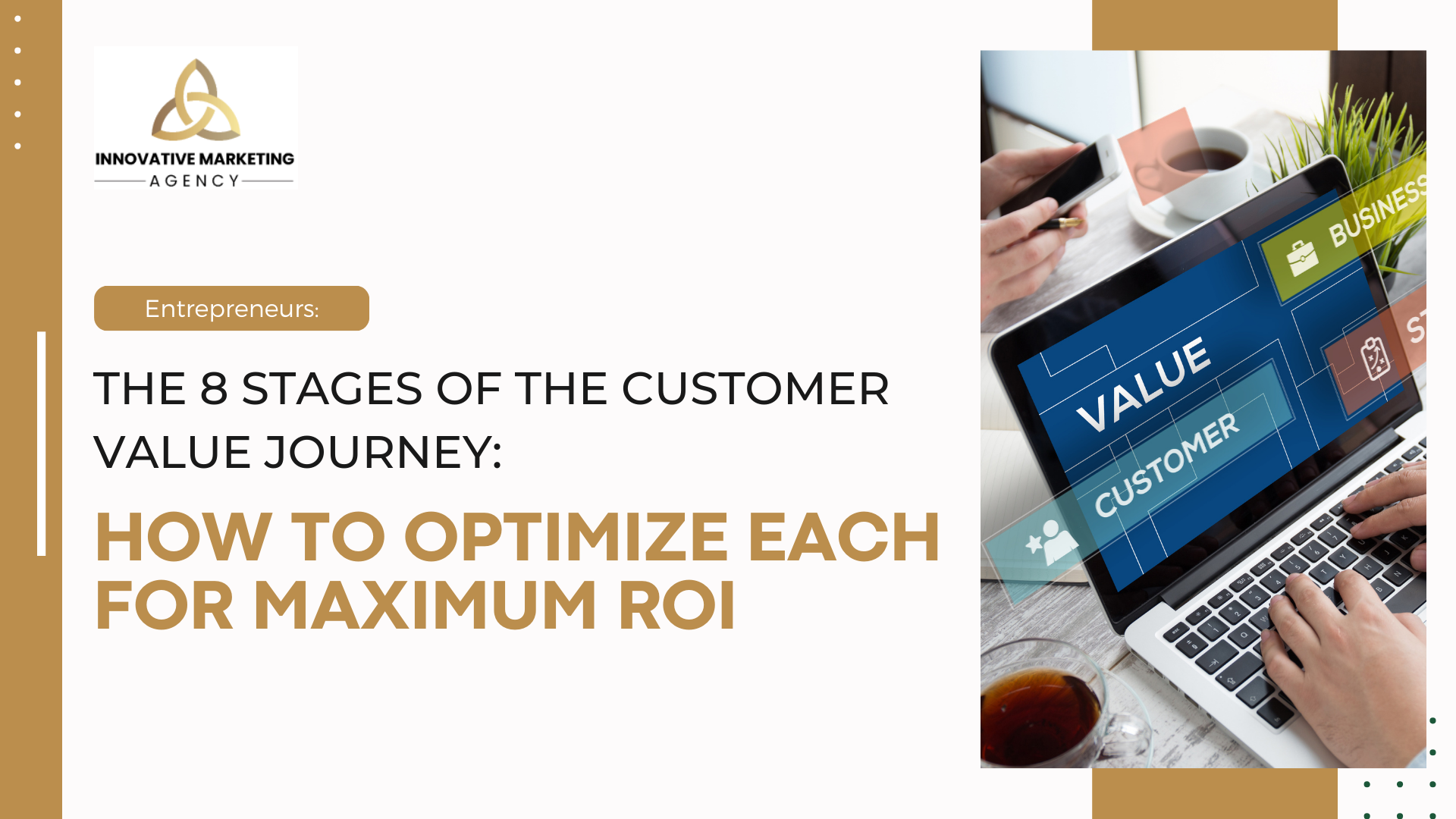
Understanding the Basics of the Customer Value Journey
The Customer Value Journey (CVJ) is a strategic framework that maps out the steps a customer takes from their first interaction with your brand to becoming a loyal advocate. This journey is divided into eight crucial stages: Awareness, Engagement, Subscribe, Convert, Excite, Ascend, Advocate, and Promote. Each stage represents a key phase in the customer’s interaction with your brand, and understanding these stages allows you to tailor your marketing efforts to effectively guide customers from one step to the next.
Understanding the CVJ is crucial for several reasons. Firstly, it provides a structured approach to customer acquisition and retention, helping you to identify and eliminate bottlenecks in your marketing strategy. By optimizing each stage, you can ensure that you are meeting customers where they are in their journey, providing them with the right information and incentives at the right time. This not only increases the likelihood of conversion but also enhances customer satisfaction and loyalty, leading to higher lifetime value.
Key Concepts:
Awareness: This is the stage where potential customers first discover your brand. It’s all about making a strong first impression and capturing attention.
Engagement: In this stage, you begin to build a relationship with your audience by providing valuable content and interactions that keep them interested.
Subscribe: Here, visitors take a small step to connect with your brand, often by signing up for a newsletter or downloading a lead magnet.
Convert: This is the critical stage where a subscriber makes their first purchase, transitioning from prospect to customer.
Excite: After the initial purchase, it’s essential to deliver an exceptional experience that excites the customer and leaves them eager for more.
Ascend: In this stage, you encourage customers to purchase additional products or services, increasing their overall lifetime value.
Advocate: Satisfied customers can become powerful advocates for your brand, recommending your products to others.
Promote: The final stage involves turning your most loyal customers into promoters who actively refer new business to your brand.
Getting Started with the Customer Value Journey
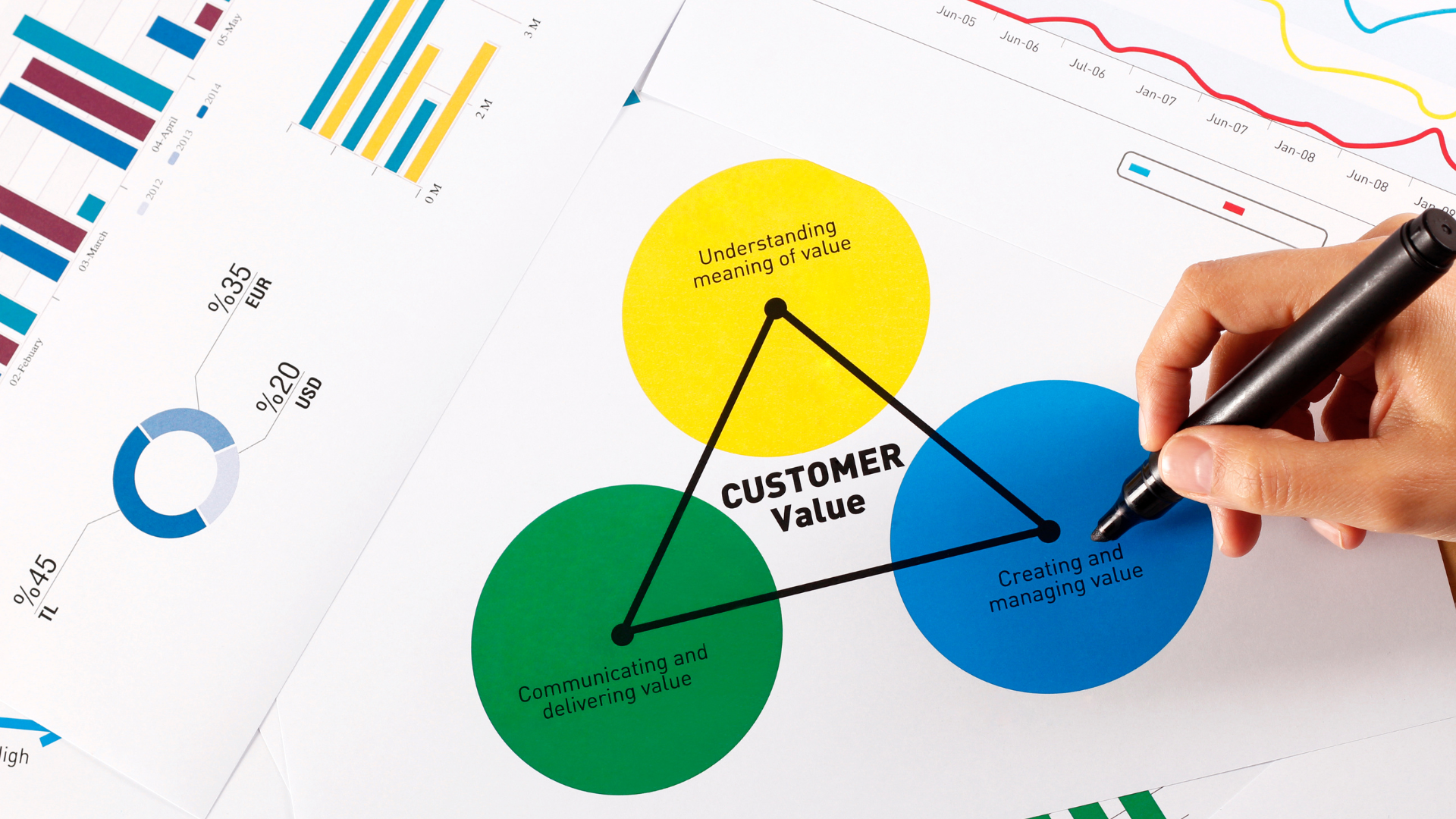
Identify Your Audience: The first step in optimizing the Customer Value Journey is to understand who your ideal customers are. This involves creating detailed buyer personas that include demographic information, interests, pain points, and behaviors. Understanding your audience allows you to tailor your marketing efforts to their specific needs at each stage of the journey.
Map Out Your Current Journey: Once you have a clear picture of your audience, the next step is to map out how customers currently interact with your brand. This involves analyzing all the touchpoints a customer might have with your business—from social media interactions and website visits to email communications and in-store experiences. Identify gaps in the journey where customers might be dropping off or losing interest, and note areas where the experience can be improved.
Set Clear Objectives: For each stage of the CVJ, it’s essential to define what you want to achieve. For example, during the Awareness stage, your objective might be to increase brand visibility, while in the Convert stage, the goal could be to boost sales. Setting clear, measurable objectives for each stage allows you to track progress and make data-driven decisions.
Create Relevant Content: Content is the backbone of the Customer Value Journey. At each stage, you need to provide content that resonates with your audience and helps move them to the next stage. For instance, during the Awareness stage, blog posts and social media content can help attract new visitors, while case studies and testimonials might be more effective in the Convert stage.
Implement Tools: To effectively manage and optimize each stage of the CVJ, you’ll need to use various tools. Customer Relationship Management (CRM) software like HubSpot or Salesforce can help you manage customer interactions, while marketing automation tools like ActiveCampaign or Mailchimp can streamline your engagement efforts. Additionally, analytics tools like Google Analytics are crucial for tracking performance and identifying areas for improvement.
Advanced Techniques and Strategies
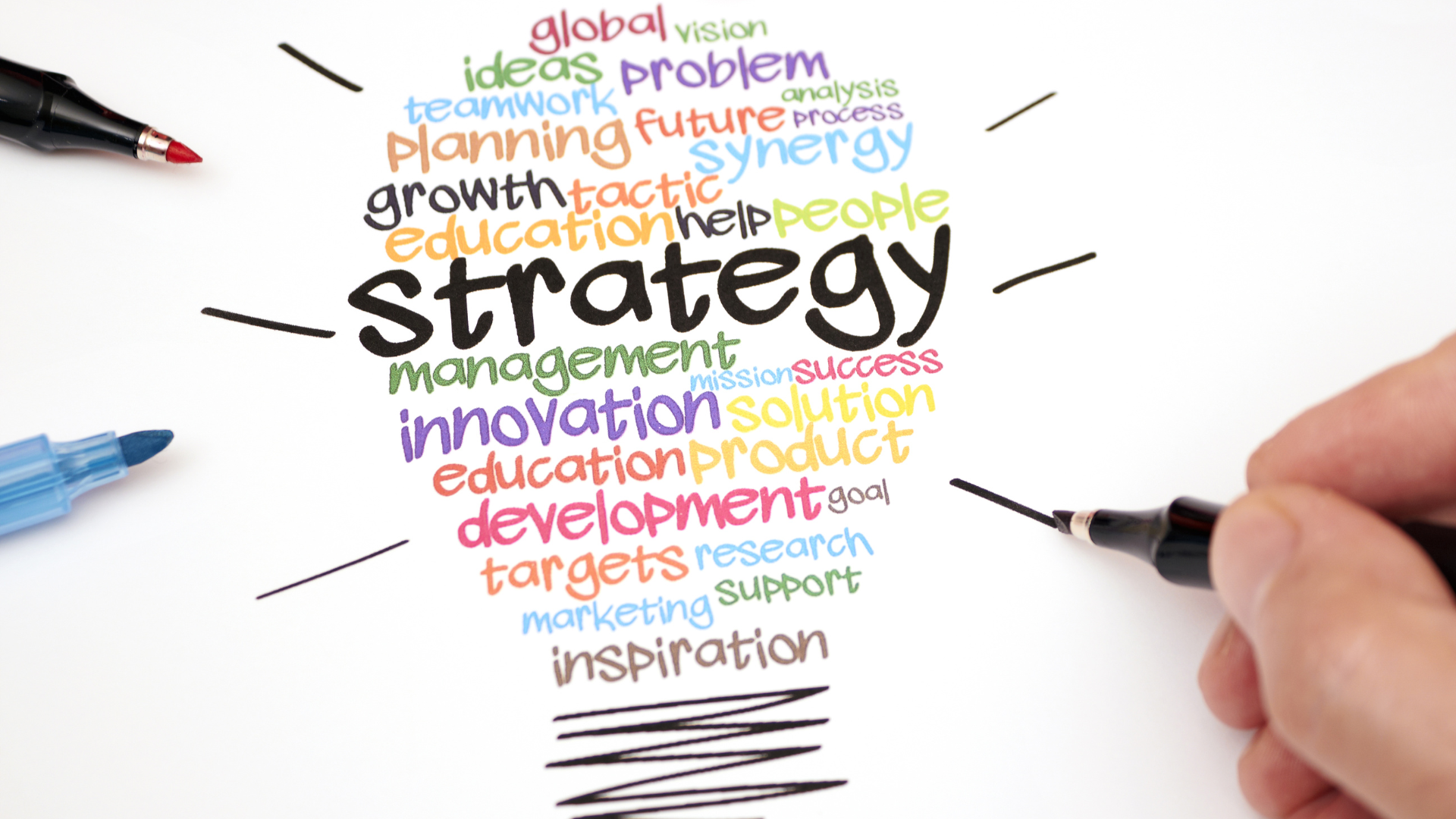
Personalization: In today’s market, customers expect personalized experiences. By leveraging customer data, you can create tailored experiences at every stage of the CVJ. For example, use dynamic content in emails that changes based on the recipient’s behavior or interests. Personalized product recommendations, customized landing pages, and targeted advertising are all effective ways to increase engagement and conversions.
Segmentation: Not all customers are the same, and a one-size-fits-all approach doesn’t work in the CVJ. Segment your audience based on factors like demographics, behavior, and purchase history. Tailor your marketing messages to each segment to increase relevance and effectiveness. For instance, you might have separate email sequences for new subscribers, first-time buyers, and repeat customers, each designed to move them further along the journey.
Omnichannel Marketing: Customers interact with brands across multiple channels, from social media to email, websites, and physical stores. An omnichannel approach ensures a consistent and seamless experience across all these touchpoints. This might involve integrating your online and offline marketing efforts, ensuring that your messaging is consistent across all platforms, and using data from one channel to inform your strategy on another.
Common Pitfalls and How to Avoid Them

Ignoring the Early Stages: It’s tempting to focus on conversion and sales, but neglecting the Awareness and Engagement stages can lead to missed opportunities. Without a strong foundation, your later efforts will struggle to succeed.
Inconsistent Messaging: A lack of consistency in your branding and messaging across different channels and stages can confuse customers and weaken your brand's impact.
Neglecting Post-Purchase Stages: Many businesses focus heavily on acquiring new customers but fail to invest in post-purchase engagement. This oversight can result in lower customer retention and missed opportunities for upselling and cross-selling.
Solutions: Develop a comprehensive content strategy that covers all stages of the CVJ, with each piece of content designed to move customers smoothly from one stage to the next. For example, blog posts and social media content can help with Awareness, while case studies and whitepapers are more suited to the Convert stage.
Maintain Consistent Branding: Create and enforce branding guidelines that ensure your messaging, visuals, and tone are consistent across all platforms and stages. This consistency helps build trust and makes your brand more recognizable.
Invest in Post-Purchase Engagement: Implement strategies to engage customers after their initial purchase, such as follow-up emails, loyalty programs, and personalized recommendations.
Resources for Continued Learning
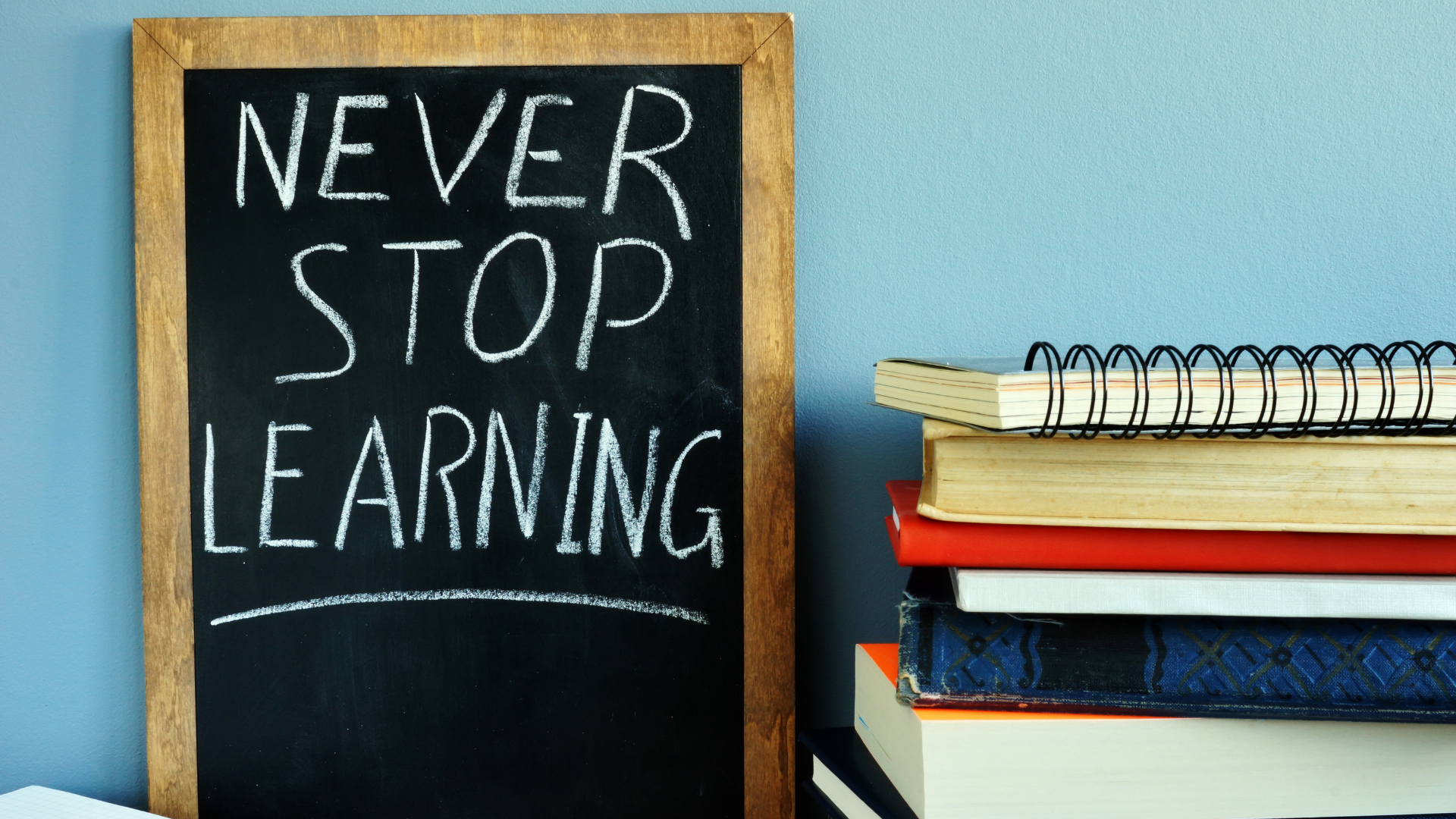
Books:
"Building a StoryBrand" by Donald Miller: Learn how to clarify your messaging so customers understand the value at every stage.
"Marketing Automation For Dummies" by Mathew Sweezey: A guide to using automation tools to optimize your Customer Value Journey.
Websites:
HubSpot Academy: Offers free courses on inbound marketing and customer journey mapping.
DigitalMarketer.com: A resource hub for learning about the Customer Value Journey and how to implement it effectively.
Optimizing the Customer Value Journey is essential for turning potential customers into loyal advocates. By understanding and refining each of the 8 stages, you can ensure that your marketing efforts are aligned with your customers' needs, leading to increased conversions, higher customer lifetime value, and a stronger brand.
Join The
Innovative Marketing Pro
15 Days FREE Trial!

You Pay $0 Today
You Won't be charged until Free Trial Ends
No Commitment, Cancel Anytime
As a reminder we will email you 7 days before Trial Ends
Recent Posts
Understanding the Customer Value Journey: A Complete Guide
How to Maximize ROI from Paid Ads on Facebook, Instagram, and Google Ads: Tips and Strategies
Crafting High-Impact Content Marketing Strategies
10 Direct Response Copywriting Tips to Boost Conversions
Building Effective Lead and Sales Funnels: A Step-by-Step Guide
Building Strong Online Communities: Best Platforms and Practices"
Enhancing Customer Lifetime Value Through Journey Mapping
Ready to take your Customer Value Journey to the next level?
Download our Ultimate Omnichannel Customer Value Journey Checklist and start optimizing your strategy today! The journey from awareness to advocacy isn’t linear, but with the right strategies and tools, you can guide your customers through each stage, creating meaningful connections and driving business growth. Stay committed to refining your approach, and the results will speak for themselves.
Join The
Innovative Marketing Pro
15 Days FREE Trial!

You Pay $0 Today
You Won't be charged until Free Trial Ends
No Commitment, Cancel Anytime
As a reminder we will email you 7 days before Trial Ends
Recent Posts
Understanding the Customer Value Journey: A Complete Guide
How to Maximize ROI from Paid Ads on Facebook, Instagram, and Google Ads: Tips and Strategies
Crafting High-Impact Content Marketing Strategies
10 Direct Response Copywriting Tips to Boost Conversions
Building Effective Lead and Sales Funnels: A Step-by-Step Guide
Building Strong Online Communities: Best Platforms and Practices"
Enhancing Customer Lifetime Value Through Journey Mapping
IM Agency Services
Marketing Research
Paid Advertising
Direct Response Copywriting
Funnels and Automations
Marketing Automation
Business Development
IM Pro Features
Lead Generation Automation
Sales Funnels
Customer Relationship Management
Courses Builder
Affiliate Builder
Invoicing
Team Scheduling
Email Automations
Pipelines and workflow
And Way More....
Address & Phone


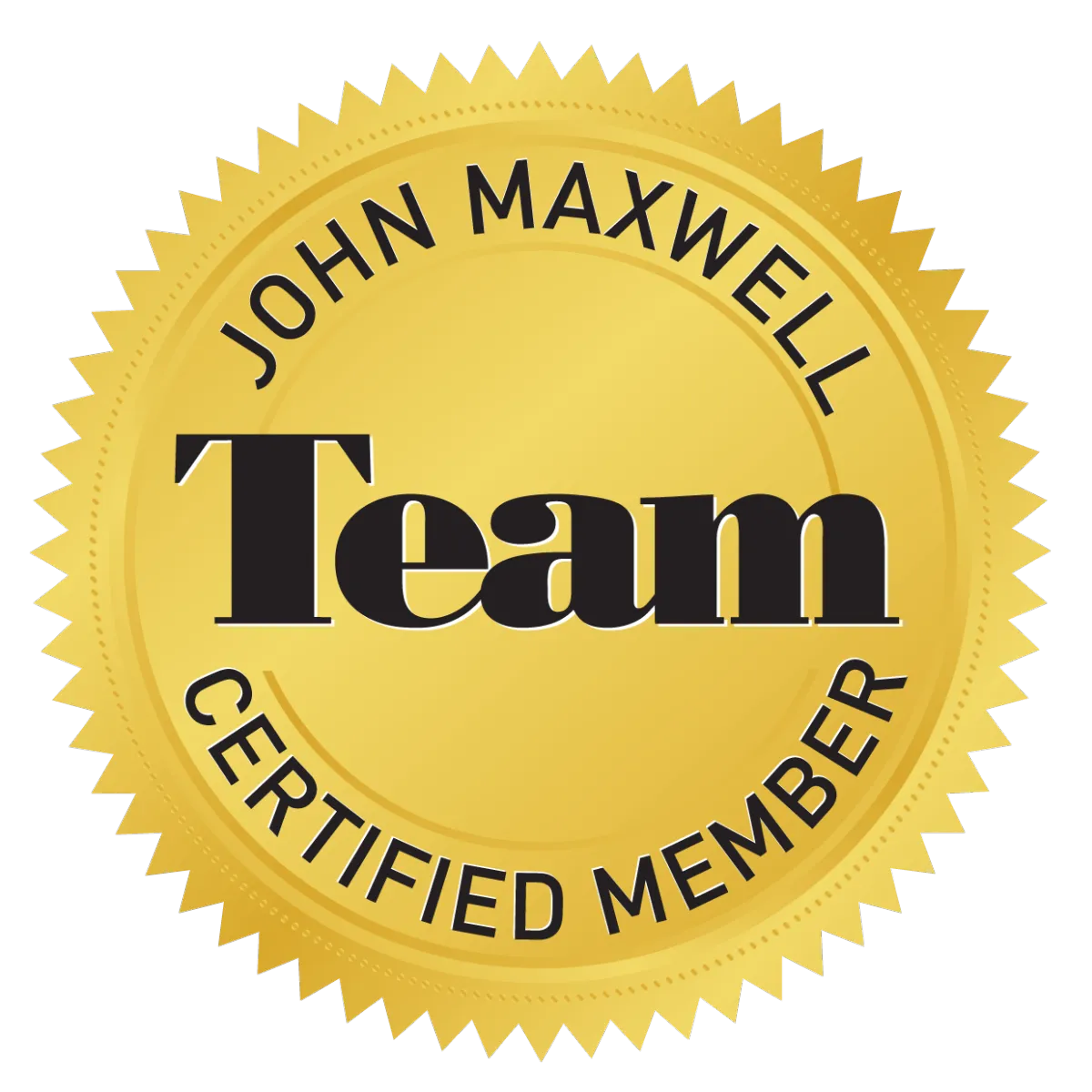

Innovative Marketing Agency
We Design, Build, & Optimize Campaigns
Copyright © 2025 Innovative Marketing Agency LLC

